The 1900s were full of unique practices, beliefs, and inventions that shaped history, but not all of them stood the test of time. Many things from that era have been left behind due to safety concerns, scientific advancements, and cultural progress. While they once seemed normal, they now feel outdated or even dangerous. Here are 22 things from the 1900s we’ve wisely abandoned.
Radium-Infused Products
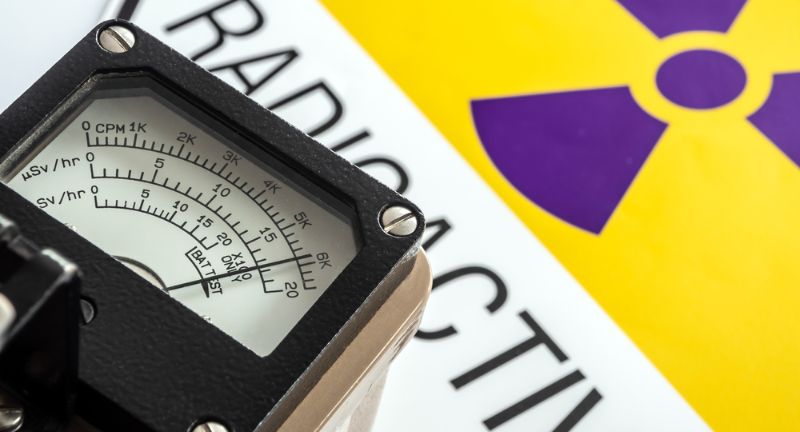
Shutterstock
In the early 1900s, radium was marketed as a health supplement, appearing in everything from water to face creams. It was later discovered to be highly radioactive and hazardous to health. Prolonged exposure caused serious illnesses, including radiation poisoning. Modern science has long since banned radium in consumer products.
Lead Paint
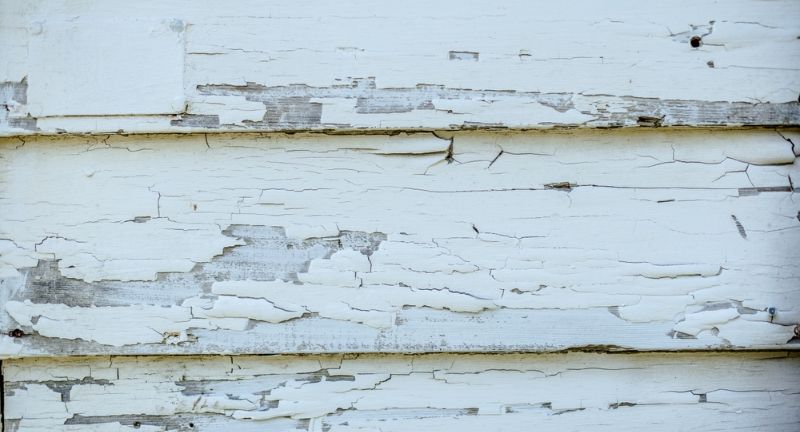
Shutterstock
Lead-based paint was commonly used in homes for its durability and vibrant colors. However, it was later linked to severe neurological damage, especially in children. The U.S. banned lead paint in residential use by 1978 due to its health risks. Today, safer alternatives are used to protect public health.
Smoking on Airplanes
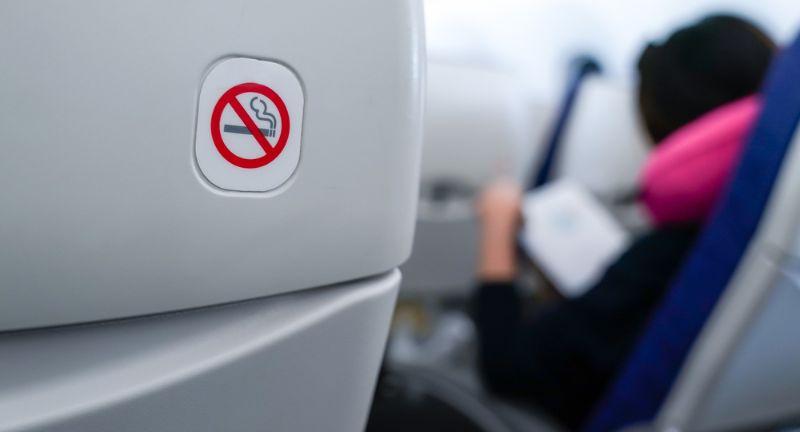
Shutterstock
Until the late 20th century, smoking was allowed on airplanes, exposing passengers to harmful secondhand smoke. Health risks and fire hazards led to a complete ban on in-flight smoking by the early 2000s. This change greatly improved air quality and passenger safety. Today, smoke-free flights are a standard worldwide.
Asbestos Insulation
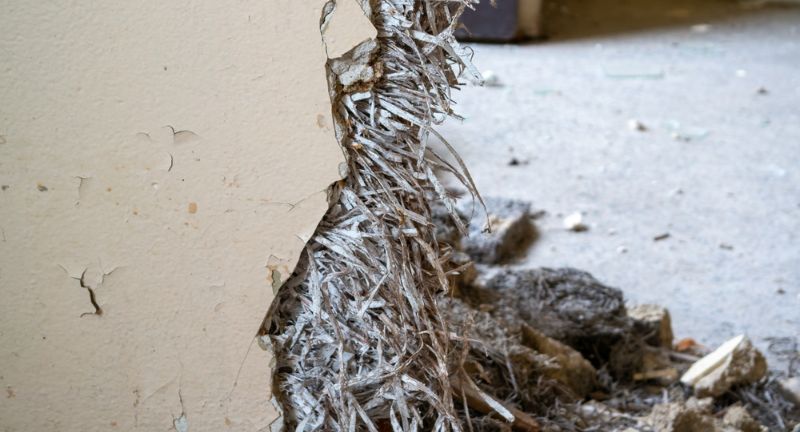
Shutterstock
Asbestos was widely used for insulation and fireproofing throughout the 1900s. However, its fibers were later discovered to cause severe lung diseases, including mesothelioma. By the late 20th century, asbestos was largely banned in construction materials. Modern insulation uses safer alternatives, such as fiberglass and cellulose.
Polio Vaccine Scarification
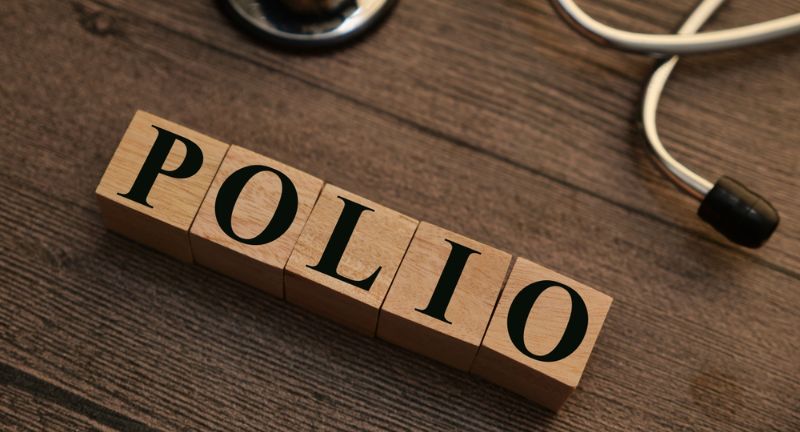
Shutterstock
Before modern vaccines, polio scarification was a common but painful method to immunize against the disease. This outdated practice often left permanent scars and didn’t provide consistent immunity. The development of the oral polio vaccine revolutionized global immunization efforts. Today, safer and more effective methods are the standard.
Public Payphones
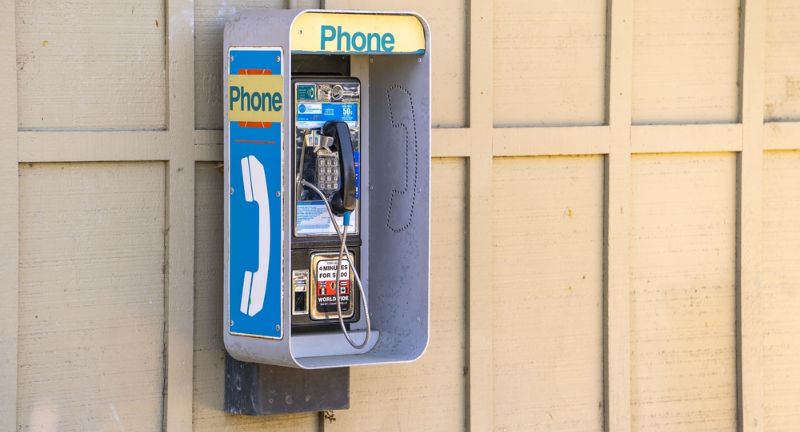
Shutterstock
Public payphones were once essential for communication but have largely disappeared with the rise of mobile phones. These phones were prone to vandalism, hygiene issues, and limited accessibility. Today, most people carry personal cell phones, making payphones nearly obsolete. Some still exist for emergency use but are rare.
Unsafe Playground Equipment
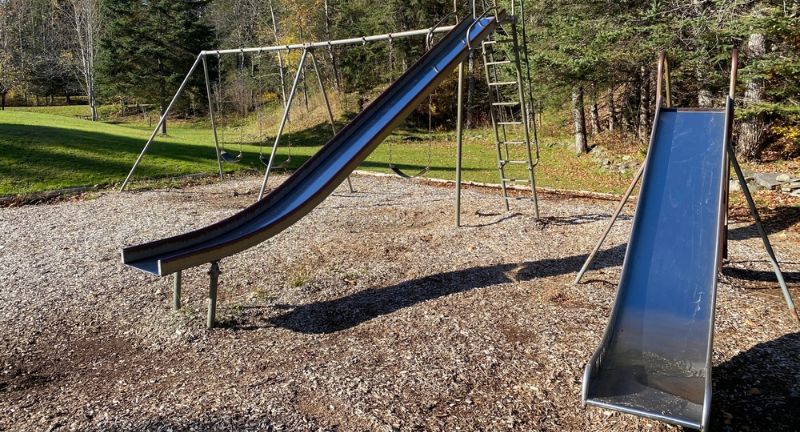
Shutterstock
Playgrounds of the early 1900s often featured unsafe metal slides, concrete surfaces, and minimal safety features. Injuries were common due to poor design and lack of safety regulations. Modern playgrounds prioritize padded surfaces, guardrails, and safer materials. These changes have significantly reduced childhood injuries.
Floppy Disks
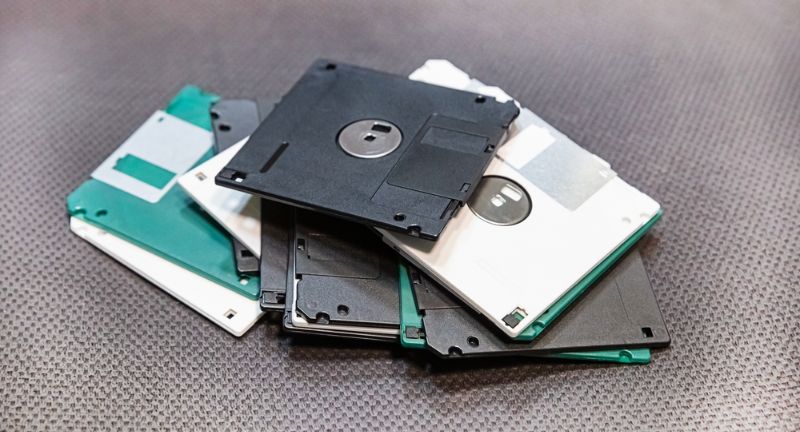
Shutterstock
Floppy disks were once a common way to store and transfer data, but they had extremely limited storage capacity. With the advent of USB drives and cloud storage, floppy disks became obsolete. Their vulnerability to damage and small file size made them impractical for modern needs. Digital storage solutions today offer vastly superior options.
Human-Powered Elevators
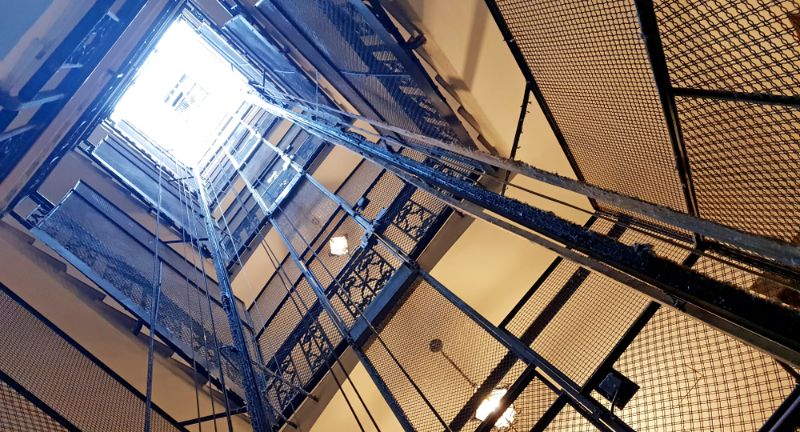
Shutterstock
Human-powered elevators, once operated by attendants manually controlling the lift, were common in early skyscrapers. Advances in automation made these systems outdated and inefficient. Modern elevators use sophisticated technology for safety and speed. Today, elevators are fully automated for convenience and reliability.
Smoking in Restaurants
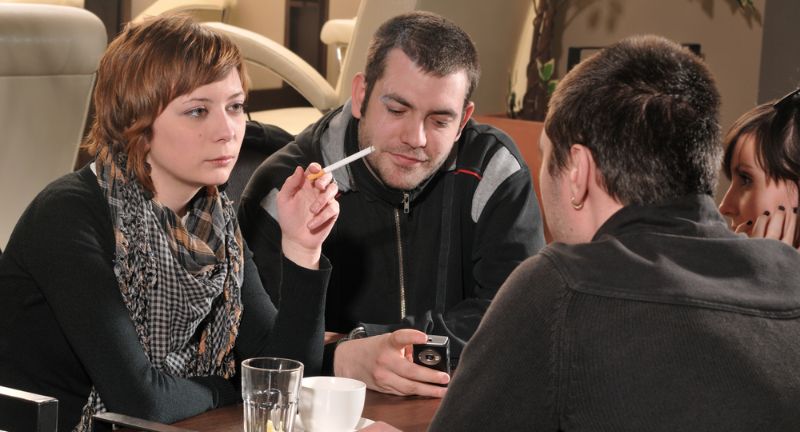
Shutterstock
In the 1900s, smoking indoors was a common sight, even in restaurants. However, growing awareness of secondhand smoke risks led to smoking bans in public places. These laws have significantly improved air quality and public health. Today, smoke-free dining experiences are the norm worldwide.
Milk Delivery Services
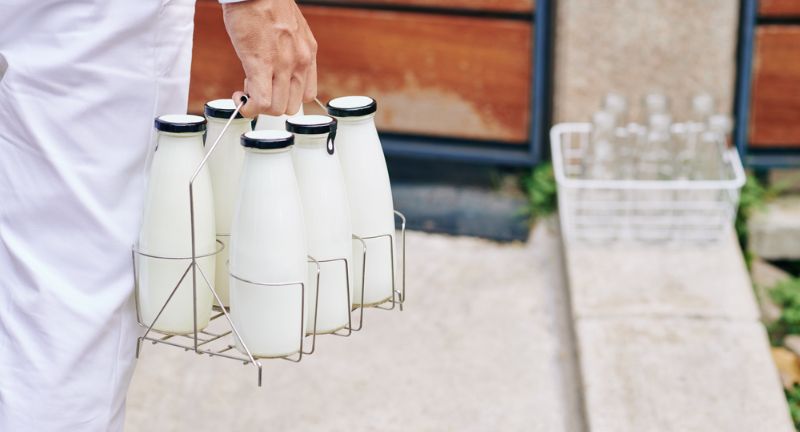
Shutterstock
During the early 1900s, milk delivery services were essential due to limited refrigeration. With the rise of modern grocery stores and home refrigeration, milk delivery largely disappeared. Today, the convenience of supermarket shopping makes regular deliveries unnecessary. Some companies now offer specialty milk deliveries as a nostalgic service.
Typewriters

Shutterstock
Typewriters were once the standard tool for writing and documentation. However, they were replaced by personal computers and digital word processors, which offer more flexibility. Typewriters lacked the ability to edit documents easily and were slower for data entry. Today, they are mostly kept as antiques or for artistic use.
Rotary Phones
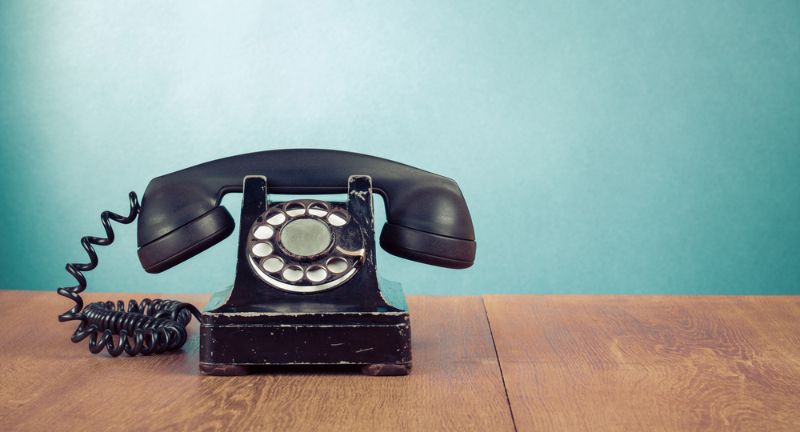
Shutterstock
Rotary phones were once the standard for home communication. The advent of push-button phones and mobile devices made them obsolete due to their slow dialing process. Modern smartphones now offer instant communication, video calling, and messaging. Rotary phones remain a relic of the past with nostalgic value.
Unpadded Metal Lunchboxes

Shutterstock
Metal lunchboxes were a staple in the mid-20th century, often featuring pop culture designs. However, they were phased out due to safety concerns, as the metal edges could be sharp. Modern lunchboxes now feature soft, padded materials for safety and insulation. The switch has made meal transport safer and more practical.
Mercury Thermometers
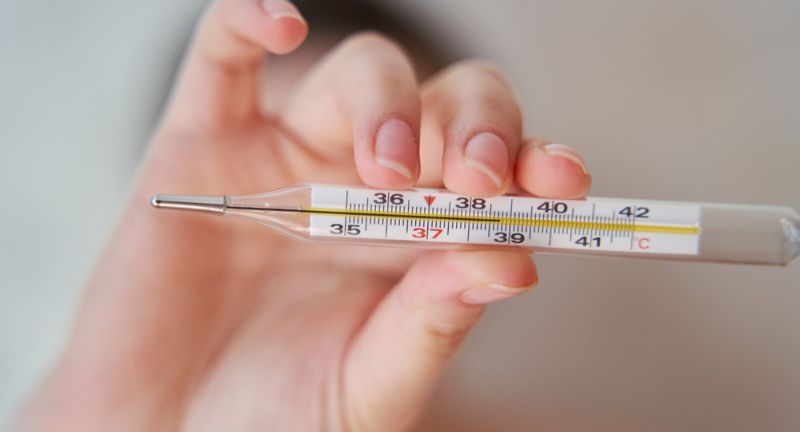
Shutterstock
Mercury thermometers were widely used in the 1900s but posed serious health risks if broken. Exposure to mercury vapors can lead to poisoning and neurological damage. Digital thermometers have since replaced mercury versions, offering safer and more accurate readings. Modern alternatives have eliminated the risks of mercury exposure.
Coal-Fired Heating Systems
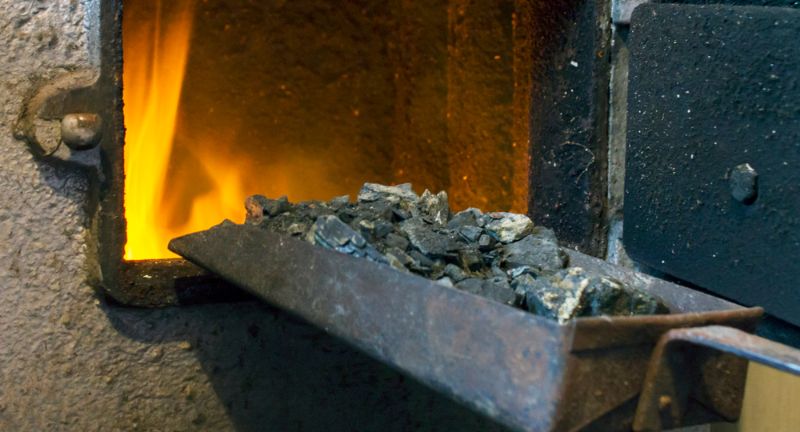
Shutterstock
Coal-fired heating systems were once the standard for home heating but posed health and environmental risks. Coal burning contributed to air pollution and respiratory problems. Modern homes now rely on cleaner energy sources like electricity and natural gas. The shift has greatly improved air quality and safety.
Hair Dryers Without Safety Features
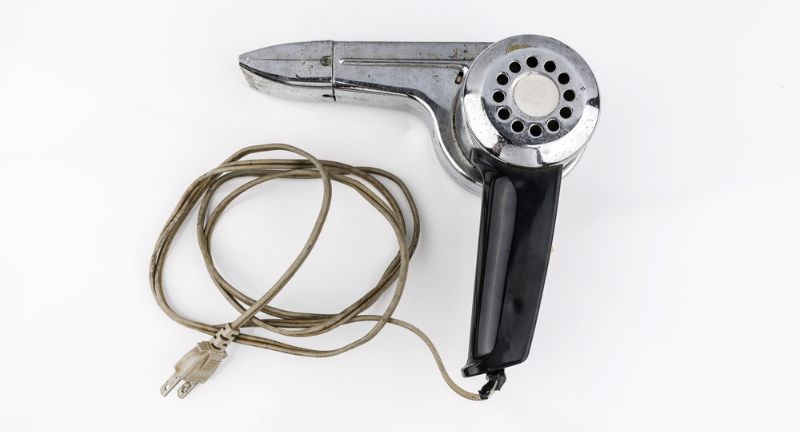
Shutterstock
Early hair dryers lacked modern safety features, often causing electrical shocks and overheating. Advances in technology introduced automatic shut-off functions and heat regulation. Modern hair dryers now meet strict safety standards for home use. These improvements have made personal grooming safer and more efficient.
Unsafe Amusement Park Rides
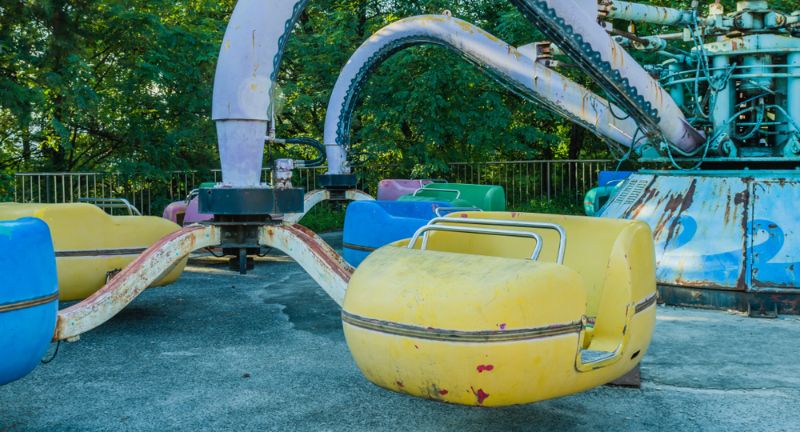
Shutterstock
Amusement park rides in the early 1900s often lacked proper safety restraints and oversight. Many accidents occurred due to poor design and maintenance. Today, strict regulations and inspections ensure safer rides. The improvements have reduced accidents while maintaining the thrill of amusement parks.
Home Hair Perm Kits with Harmful Chemicals
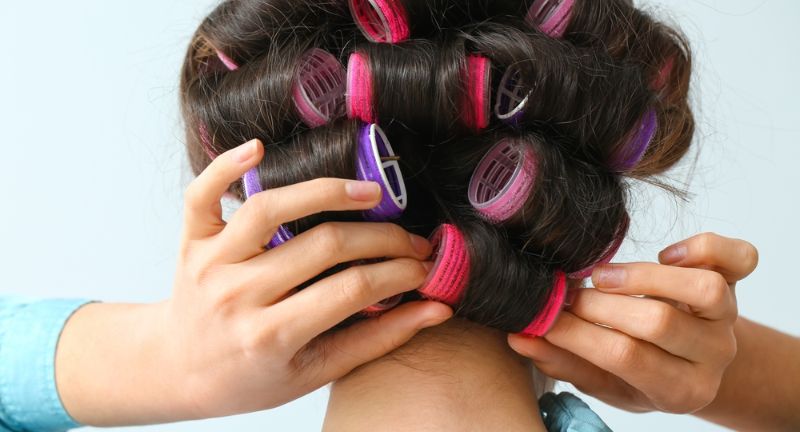
Shutterstock
Early home perm kits used harsh chemicals that could cause scalp burns and hair damage. Modern formulas now use safer ingredients and milder chemical processes. Professional salons also provide safer perm options. The evolution of hair care products has prioritized consumer safety and healthier treatments.
Glass Baby Bottles Without Safety Coatings
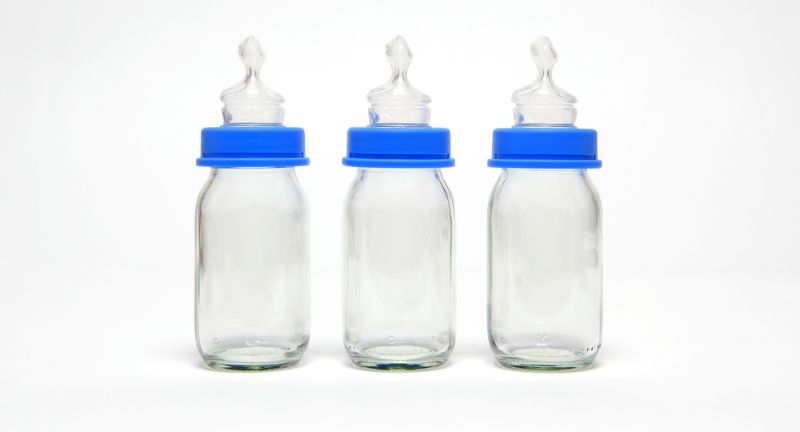
Shutterstock
Glass baby bottles were once commonly used but posed breakage risks. Modern bottles use shatter-resistant glass or BPA-free plastics for safety. These materials provide durability while maintaining safety standards for infants. The innovation has made feeding safer and more convenient for families.
Use of DDT as a Household Insecticide
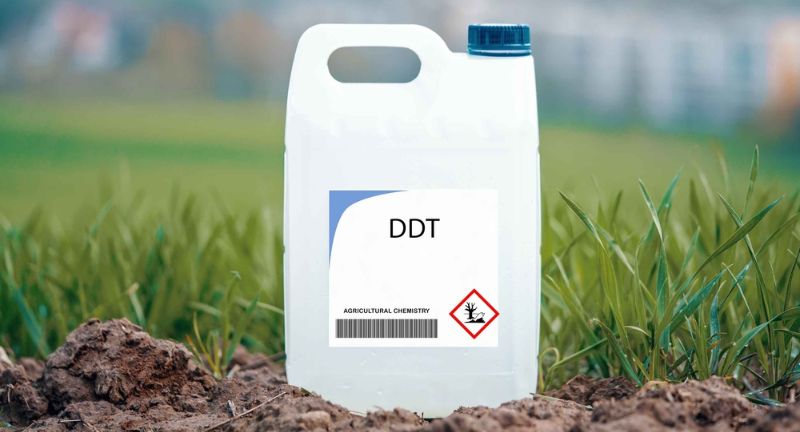
Shutterstock
DDT was once a common household pesticide but was later linked to environmental harm and health risks. Its use was banned in many countries due to toxicity concerns. Modern insecticides now emphasize eco-friendliness and reduced toxicity. The ban on DDT marked a major step forward in public health protection.
Pager Devices
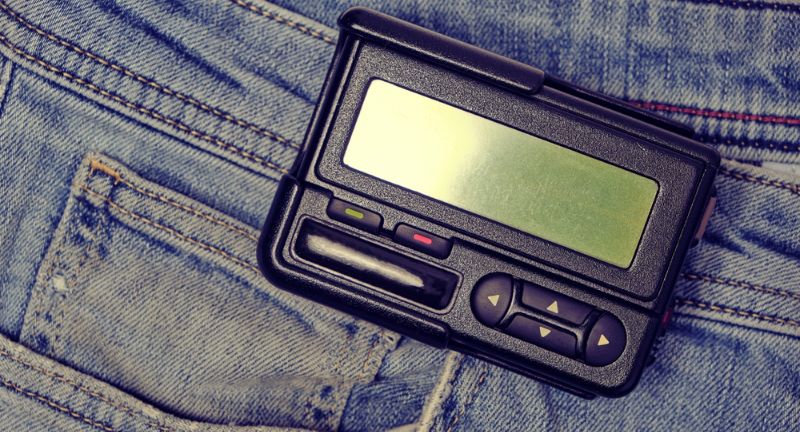
Shutterstock
Pagers were once a standard for communication in the 90s but had limited functionality. The rise of smartphones, which offer text, voice, and internet access, made them obsolete. Pagers are now mostly reserved for specific fields like healthcare. The technological shift has greatly enhanced personal communication.
Conclusion
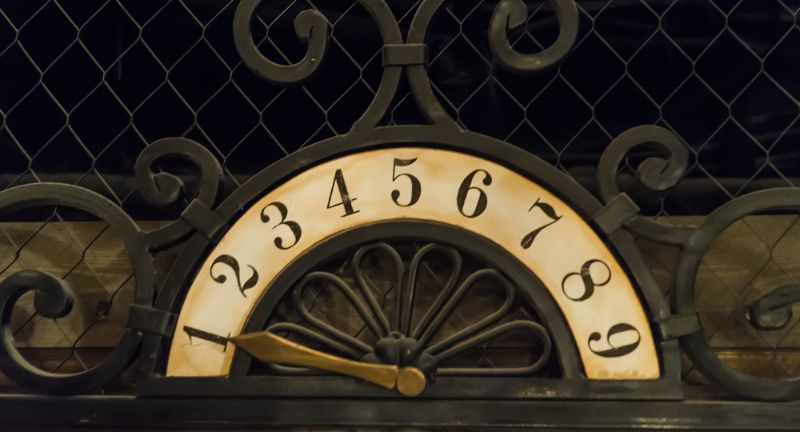
Shutterstock
The 1900s were a time of great innovation, but many practices and products have been wisely left behind as society has evolved. Safer materials, scientific discoveries, and cultural progress have made many outdated habits obsolete. Reflecting on these changes helps us appreciate how far we’ve come. Moving forward, continued progress will ensure even safer, healthier, and smarter living standards for future generations.























































